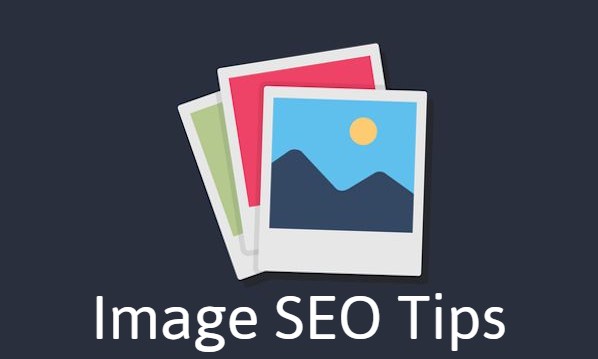The significance and value of a successful digital marketing strategy cannot be denied by any business owner or marketer. When it comes to market a business online, search engine optimization (SEO) is considered as an integral aspect to do it rightly. Alongside creating quality content and building backlinks, there is a lot more you can do to make your marketing campaign a success, and image SEO is one of them. It is all about creating a strategic plan for using and optimizing images for SEO that resonate with your target audience while maintaining relevancy to your web page and content.
What is Image SEO?
Image SEO, also known as image optimization is a practice of improving images used on your website or blog to rank higher on Google images and to improve the overall visibility of a web page in search engines for more organic traffic. Moreover, image optimization also plays a significant role in improving user experience on your site.
Naming the images correctly, alt-text & description, optimizing for speed, and choosing the most relevant files are some of the best image SEO practices to increase visibility in search engine result pages.
Ways to do Image SEO Right for More Organic Traffic
To help you make sure you are doing image optimization for SEO properly, below are some proven tips you can take on right now for a good start.
Choose Unique and Relevant Images
Internet users are more likely to focus and react to an image before they start reading. An image that is appealing and connects your audience with the subject or page greatly, can inspire your audience to share your content across their social profiles. That’s why to spend enough time to choose unique and relevant images for your website and avoid using stock photos that you have seen for hundred times on the web. If possible, take time to capture personalized images yourself that are specific to your brand, business, or company.
Highest Quality Images with the Right Format
When using images on your website or blog, never ever compromise the quality because search engines prefer images of high quality with higher resolution. Always choose images that are of high quality and easier to view on different devices like smartphones and desktops. You should also choose the right file format for better outcomes. For instance, if you need to use a larger image, JPEG is the recommended file format as it offers quality results, clarity, and colors with a relatively smaller size.

Rename your Images for Better SEO
Image SEO begins with naming your files rightly. If you really want Google to know what your image is about and index it accordingly, you should be using the focus keyword when renaming your images. For instance, if you are writing about digital marketing tips and the image is showing a professional doing keyword research, ‘img02435’ shouldn’t be the file name. Instead, use ‘keyword-research’ to name your file properly.
Optimize Images for Size
As Google is focusing more on the mobile-first index, you need to optimize your images for size and speed to boost page loading speed incredibly which is one of the vital ranking factors these days. Web pages that take too many seconds to load properly, often experience a higher bounce rate. Heavy and non-optimized images could be one of the reasons behind slow loading pages. Use small and high-resolution images not only to appeal to users but to make your pages load faster as well. There are a lot of tools like JPEG Optimizer and ImageOptim that can be used to compress images without losing quality.
Descriptive Alt text and Captions (Meta-data)
Alt text is something most important that describes an image. Adding relevant alt attributes that consists of focus keywords to your images help you rank higher in SERPs to get more organic traffic. Browsers display alt text when there is an issue with loading images properly. It also helps search engine bots to understand more about the images to index them appropriately for relevant keywords. Image alt attributes add greater SEO value to your site to make it appear in both web search results and Google images search.
Create an Image Sitemap
Creating an image sitemap is the best way to get your images noticed and crawled by Google properly. As search engines are unable to get enough information from images, you should give them as many clues as possible regarding what your image is about. Google also recommends webmasters to create image sitemap as the best way to rank higher in Google images. Image sitemap doesn’t guarantee that all your images will get crawled and indexed by Google, but it is a positive step successful image SEO for more organic traffic.





